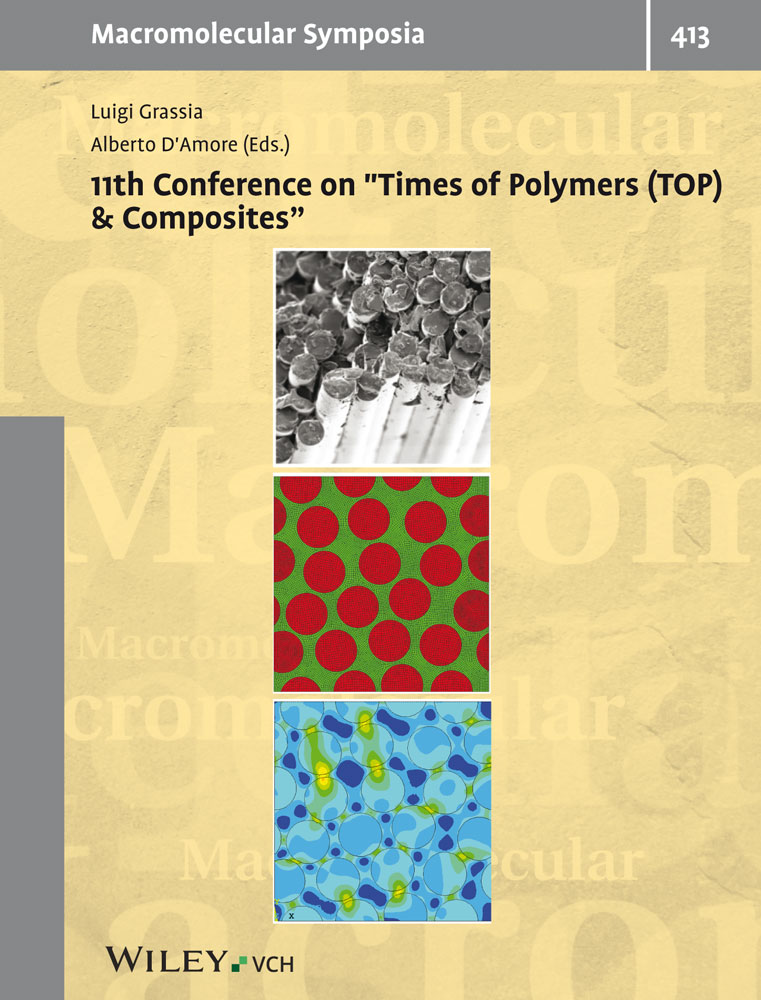3D Extrusion and Stereolithography Printing Methods for Producing Multifunctional Polymer Composites
Abstract
This study presents a short overview of the main 3D polymer composite items that are fabricated by extrusion and stereolithography printing. By coupling polymers traditionally used in additive manufacturing, such as PEGDA, and polymers of biomedical interest, such as PVA, with carbon nanostructures, such as nanodiamond and graphene nanoplates, and conductive polymers, such as PEDOT and PANI, it has been possible to produce objects with specific functional properties exploited for fabricating scaffolds for cell growth and proliferation as well as soft electrodes for developing organic compounds sensing devices and electrocardiogram monitoring systems under real-time conditions.
Conflict of Interest
The authors declare no conflict of interest.
Open Research
Data Availability Statement
The data that support the findings of this study are available from the corresponding author upon reasonable request.




